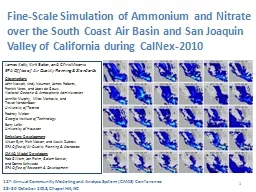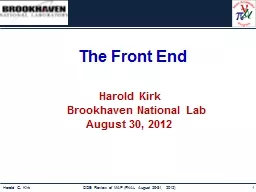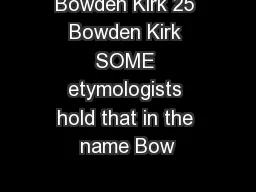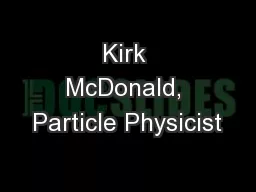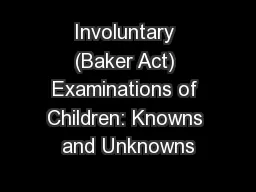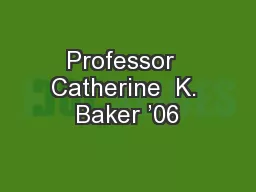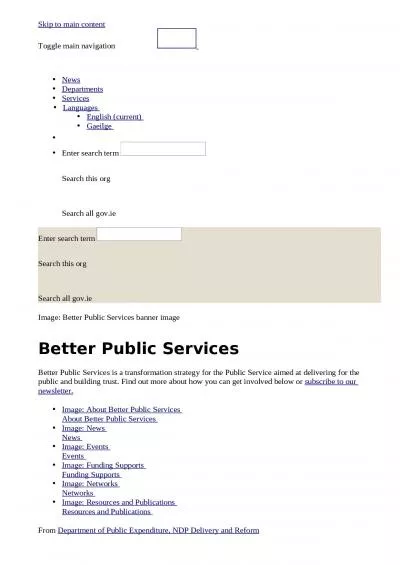PPT-James Kelly, Kirk Baker, and Chris Misenis
Author : accompanypepsi | Published Date : 2020-06-24
EPA Office of Air Quality Planning amp Standards Observations John Nowak Andy Neuman James Roberts Patrick Veres and Joost de Gouw National Oceanic amp Atmospheric
Presentation Embed Code
Download Presentation
Download Presentation The PPT/PDF document "James Kelly, Kirk Baker, and Chris Misen..." is the property of its rightful owner. Permission is granted to download and print the materials on this website for personal, non-commercial use only, and to display it on your personal computer provided you do not modify the materials and that you retain all copyright notices contained in the materials. By downloading content from our website, you accept the terms of this agreement.
James Kelly, Kirk Baker, and Chris Misenis: Transcript
Download Rules Of Document
"James Kelly, Kirk Baker, and Chris Misenis"The content belongs to its owner. You may download and print it for personal use, without modification, and keep all copyright notices. By downloading, you agree to these terms.
Related Documents

